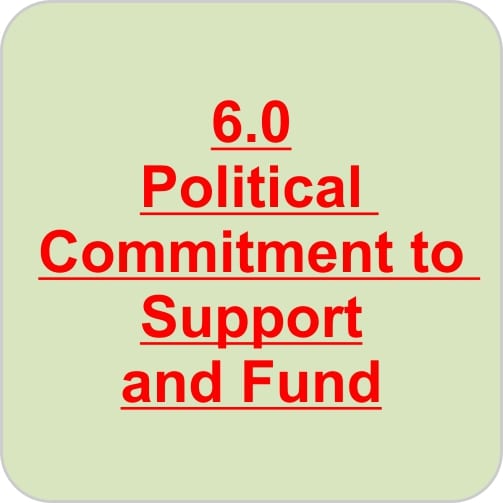
1.0 Disaster Risk Reduction Context and Information Gathering
Setting the Context: Preparing the district to understand DRR for developing a DRR Action Plan.
Activities
Leadership
- Identify a local government agency to lead the project, e.g. the District DisasterManagement Agency (BPBD).
- The leader should have a mandate to coordinate other district government agencies(OPDs).
- The leader should understand local government structures and hierarchies.
Introductory Visit – Engagement
- Develop an engagement strategy for engagement on DRR with agencies of thedistrict government (OPDs).
- Key internal stakeholders include all OPDs, District Secretaries, politicians,provincial and central government representatives.
- Key external stakeholders include the local university, Non-GovernmentOrganisations (NGOs), private sector e.g. local industry and businesses.
- Set up independent meetings with stakeholders.
- Hold a one-day introductory workshop, with a focussed group discussion to captureDRR issues. Include a field visit that illustrates a hazard and risk issue.
Administration
- Set up the project administration, including gaining political endorsement.
- A letter of support/endorsement or MoU (Memorandum of Understanding) are common meaningful instruments.
Build a District Disaster Risk Reduction Profile
- Describe the district in terms of: socio-cultural, economic, built and natural environments, as well as DRR capability.
- Collate as much information as possible in an extended profile using various source of information and an iterative approach.
- Distil into a draft two-page summary with key issues.
- Invite review and comment from the stakeholders.
- Develop a plan with the District to modify and update the Profile.
Activity Resources and Instruments
- Focus Group Discussion Guide
- Focus Group Discussion Results –Mataram City
- Letter of Support
- District Statistics (Agam Dalam Angka 2014)
- Building a District Disaster Risk Reduction Profile








